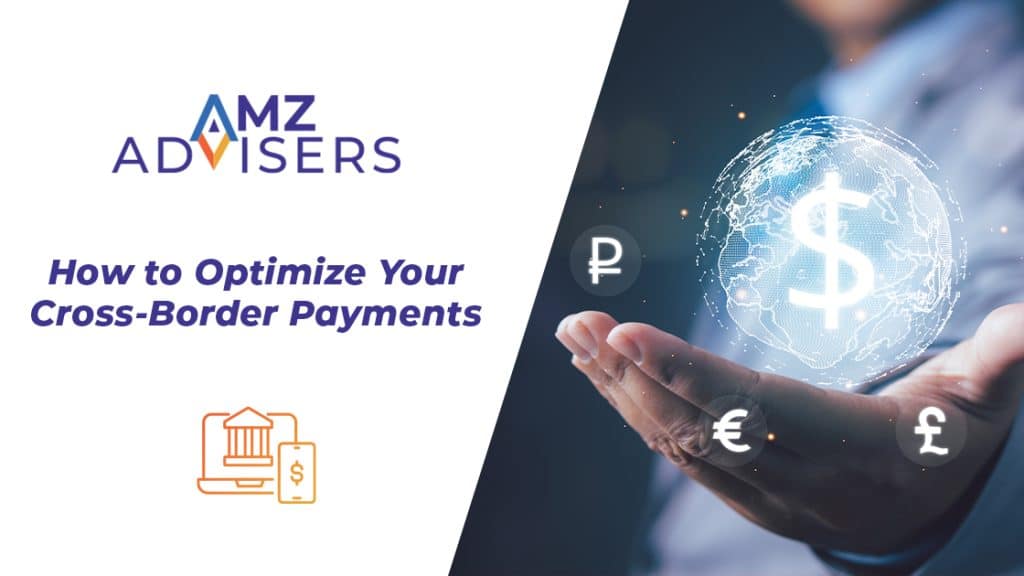
In order to keep sellers informed on the latest news surrounding the COVID-19 pandemic, Amazon has committed to publishing timely content on all its channels, especially on Seller Central, to ensure they know how to proceed during these unfavorable times.
In our recent post, we talked about Amazon’s response to the coronavirus outbreak; the company hiring 175,000 additional employees, and the unprecedented events that led to this decision.
Since we know it is hard to keep tabs on the news surrounding this pandemic and the steps Amazon is taking to keep everyone afloat, we took on the task of putting together the latest updates on Seller Central, so you can get into gear without worrying about your performance scores.
Amazon’s Latest Updates
On April 24, Amazon’s Vice President, Dharmesh Mehta, issued a communiqué, admitting that the company is having its fair share of problems caused by the virus.
He then assured all sellers that they’re doing the best they can to help in these unfortunate times:
“…We have also made several adjustments to fees and other programs to support you during this time, including:
1. Paused repayment of all Amazon Lending loans for sellers in the United States and the United Kingdom until April 30.
2. Waived two weeks of inventory storage fees for products stored in the United States, Canada, the United Kingdom, Germany, France, Italy, Spain, Poland, and the Czech Republic.
3. Waived the April 15 long-term storage fees for inventory stored in those same countries. …”
Ecommerce Bytes
Additionally, Amazon has taken these steps to ease the current situation:
1. Merchant Fulfilled Network a.k.a “FBM”
The usual arrangement of Amazon’s FBA is that they are in charge of shipping the delivery to the customer.
As a possible countermeasure to the increasing demand of online customers, they suggested making use of Merchant Fulfilled Network (MFN) shipping, also known as Fulfillment by Merchant (FBM).
With an MFN option, the seller is responsible for managing orders and shipping directly to customers. This means that sellers will be their own fulfillment center and carry out all the tasks done by workers themselves.
This may sound counterintuitive for some sellers, but MFN shipping actually gives them more control over their products.
Inventory can be accessed anytime, and they can avail discounts on shipping and supplies if they use non-Amazon distributors.
If you are new to this set-up, Amazon provides a step-by-step explanation of how the process will be, from fulfilling an order to handling cancellations, returns, and refunds.
Taking Over Fulfillment
- The process begins with the customer placing an order.
- Then, Amazon notifies you via email or by checking your Manage Orders page or Orders reports yourself.
- Once you receive the notification, you need to confirm the shipment. (This way, the customer will be able to track the status of their order.)
- If you need to address any concern with a customer, use the Buyer-Seller Messaging Service, which allows you to communicate with them through Seller Central or your personal or business email.
If you think that you won’t be able to fulfill an order, cancel any unshipped items from your Manage Orders page.
In case you decide not to fulfill any orders due to some unexpected reasons, just place your account in vacation status or manage your inventory beforehand.
Returns
Handling returns from buyers will also be your responsibility. On the occasion of customers requesting a return, Amazon will notify you with the reason for the return and inform you if their request doesn’t adhere to their return policies, in which you can check on their website.
2. Pausing Account Suspension for Order Performance
If Amazon is being so affected by this, will individual sellers run their own businesses from now on?
To ease the seller’s operations and avoid fulfillment difficulties from affecting their Account Health, Amazon decided to stop suspending selling accounts with performance-related concerns like high cancelation or high late shipment rates since March 20.
Suspension of selling accounts with high order defect rates are also ordered to be postponed. These changes are only temporary, however, and will stay in effect only until May 15.
3. Updated List of Eligible products for Shipment Creation (US)
Since April 18, more items have been added to the list of products that can now be sent to their fulfillment centers. Most items will be available for bulk orders, but keep in mind that some products may have a quantity limit.
Customers can see if their chosen item has a quantity limit by adding the item to their cart and proceeding to checkout.

4. Extension Period in May 2020
From May 1 to May 31, 2020, Amazon will increase the time sellers have to process returned items and refund customers.
For all seller-fulfilled orders (Prime and non-Prime), the required return processing time will revert to two calendar days after May 31, 2020.
For Amazon prepaid return label returns (Prime and non-Prime):
- The seller reimbursement filing window will be temporarily increased to 90 calendar days from the original 60 days. SAFE-T claims for reimbursements issued in the prior 90 days can be submitted during the extension period.
- SAFE-T claims for refunds issued during this period may also be filed by sellers. Processing of these claims will still undergo the standard procedure in which Amazon Customer Service issues a refund to a customer.
- SAFE-T claims will remain open to give sellers additional time to provide any required additional information. Until Amazon investigators receive your response to the questions, your claim status will remain in “Awaiting Seller Response.”
- In line with the extension of the customer return window, the seller will have to wait for 30 days before filing a “Lost in transit” claim for any refund issued by Amazon during the extension period.
Keep in mind that these changes are only temporary and will take effect from May 1 to May 31. After that, all processes should be reverted back to its original requirements.
Several adjustments to fees and other programs have also been made:
- Paused repayment of all Amazon Lending loans for sellers in the United States and the United Kingdom until April 30.
- Waived two weeks of inventory storage fees for products stored in the United States, Canada, United Kingdom, Germany, France, Italy, Spain, Poland, and the Czech Republic.
- Waived the April 15 long-term storage fees for inventory stored in those same countries.
COVID-19: What to Expect Next
In just the span of a month, Amazon was compelled to make a number of adjustments to address the impact of COVID-19. The changes previously mentioned, regardless if they will take effect in a short period of time, will surely have a long-lasting effect on how we shop and consume.
In addition, we have seen quite a few offline businesses shifting to online business just to keep the operations ongoing. Who’s to say if they intend to keep things that way from now on?
And what if these temporary changes become the norm given that we now have witnessed its accessibility and convenience in a technology-driven world?
Closing Thoughts
Sadly, not all establishments have the capability to go fully online. This crisis has left most businesses in an adapt-or-die approach, and those who cannot will simply have to close down. At this point, everyone has to change with the times, because there might not be a “business as usual” anymore.



